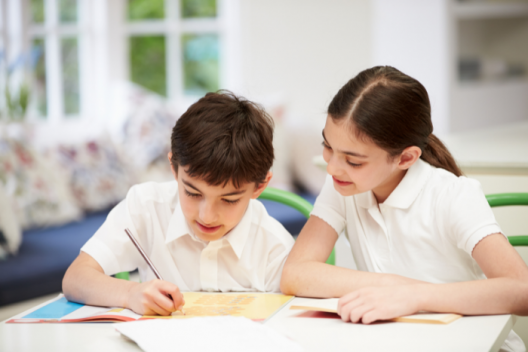
Why did NAS create the Autism Accreditation Inclusion Award?
Why did NAS create The Autism Accreditation Inclusion Award?
The National Autistic Society’s Autism Accreditation programme has been running for almost 30 years.
Over the years, they have supported the development and recognition of best autism practice within many education settings. During this time, the commitment and enthusiasm education providers have shown at their desire to improve their practice has been clear. However, the main uptake of the specialist award was within special schools despite a huge interest from mainstream settings.
Feedback from mainstream settings revealed that they felt the specialist award was too in depth, required a specialism they would not have, and would be too costly for the number of autistic pupils they were supporting, and so they did not feel able to sign up to the specialist award.
As a response to this, and the ongoing interest from mainstream settings to gain some form of recognition for their work, the accreditation team developed the Autism Inclusion Award.
The Autism Inclusion Award is based around reasonable adjustments and personalised support. It has been designed to ensure that each autistic pupil is supported in their overall wellbeing and access to education. It has been formulated in partnership with The Autism Education Trust (AET) and uses their framework of best practice and key competencies to support the self-reflection and development of practice within an education setting.
Many mainstream settings are already undertaking the AET training and standards as a matter of course so it seemed logical to tie the two together in order to form a seamless process. The award then seeks to recognise best practice by a number of key assessment activities undertaken virtually.
With the publication of the recent NAS education survey report, we are keen to support schools of all types to improve their practice and also reassure families of the standard of support that can be received by accrediting the provisions themselves.


